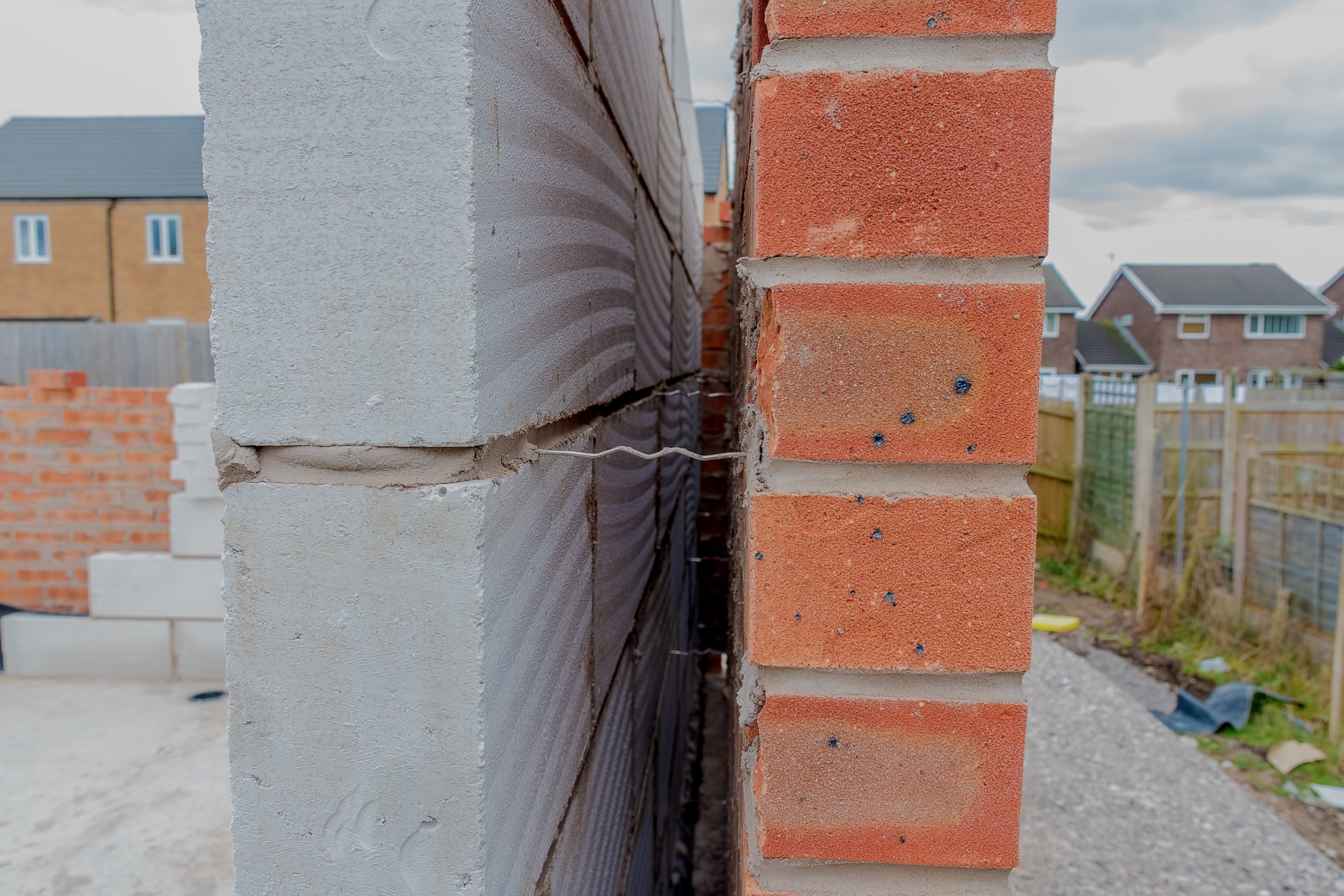WALL TIE INVESTIGATIONS
Wall ties form a vital structural component of any masonry structure, but unfortunately due to bad building practice, inadequate quality control during construction and often insufficiently installed. Additionally, historically wall ties can be subject to degradation over time and in some instances are no longer fit for purpose. Wall ties are used to join two leaves of a cavity wall together to allow them to withstand imposed loads such as wind. They also often act as a tie to the main structural elements of a building such as the steel frame. In the UK there have been some high-profile cases where the outer leaf of walls at public buildings have collapsed due to inadequately installed ties.
Empirical offer suitably trained and experienced engineers to check cavity walls have been constructed as per the intended design and are still fit for purpose. The below details a few of the methods adopted during our surveys but not limited to as each project is unique: -
NDT scanning: Empirical use a combination of wall tie detection system, cover meters and GPR to detect wall tie, bed-joint reinforcement, frame cramp and head restraint locations. This method is quick and non-destructive enabling large areas to be surveyed to determine whether the correct number of ties have been installed at the recommended spacings.
Localised drilling: Following non-destructive methods it may be required to undertake further local drillings to enable the actual depth of embedment to be checked, tie condition and cavity condition.
Borescope: The above localised drilling is typically assisted by using a cavity borescope camera to enable visual inspection within the cavity and assist with assessment of installation and condition.
Removal of masonry units: In some instances, there may be a requirement to undertake larger openings. This typically involves careful removal of masonry units to expose the cavity and inspect the ties/cavity in detail. This further confirms type of tie, correct installation, depth of embedment, thickness of cavity, condition, and insulation & inner leaf type. In most instances the original masonry unit can be removed by experienced operatives with no damage and reinstated with colour matched mortar.
Empirical, also offer remedial wall tie installation or replacement service this allows our clients to appoint a single contractor to check the adequacy of their assets cavity walls and put corrective measures in place if required. This service includes the installation of remedial frame cramps, head restraints, crack ties and lintel ties. Please contact us for further information

